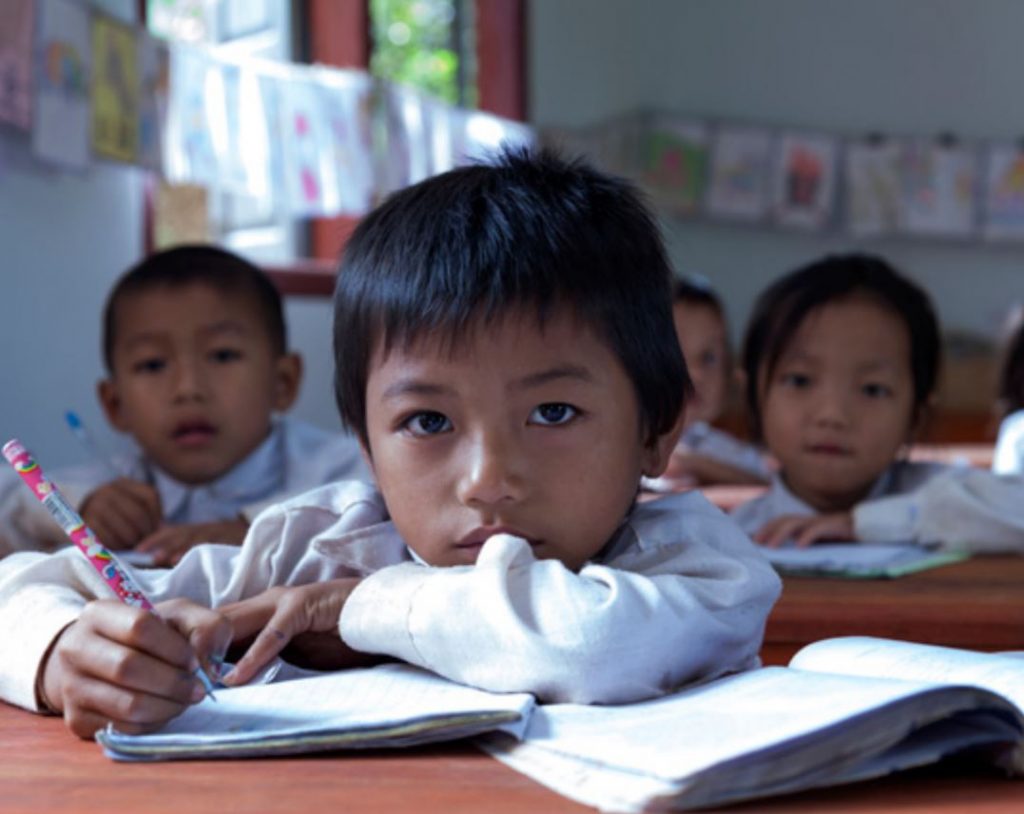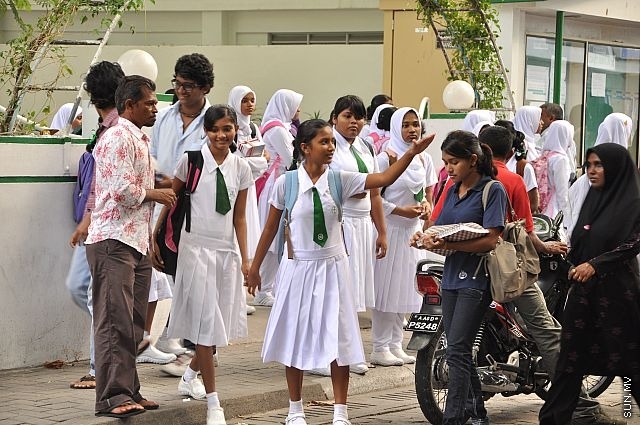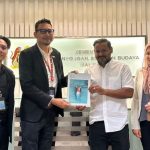The World Bank has introduced an ambitious new Learning Target, which aims to cut by at least half the global rate of Learning Poverty by 2030. Learning Poverty is defined as the percentage of 10-year-olds who cannot read and understand a simple story.
In poor countries, the level is as high as 80 percent. Such high levels of learning poverty are an early warning sign that all global educational goals and other related sustainable development goals are in jeopardy.

Using a database developed jointly with the UNESCO Institute of Statistics, the Bank estimates that 53 percent of children in low- and middle-income countries cannot read and understand a simple story by the end of primary school.
“Success in reaching this learning target is critical to our mission,” World Bank Group President David Malpass said. “Tackling learning poverty will require comprehensive reforms to ensure domestic resources are used effectively. The target points to the urgency of investments in better teaching and better coordination of vital learning priorities.”
This new target aligns with the Human Capital Project’s efforts at building the political commitment for accelerating investment in people. Much of the variation in the Human Capital Index – used to track countries’ progress in health, education, and survival – is due to differences in educational outcomes.

Several developing countries are showing that accelerated progress is possible. In Kenya, progress has been accomplished through technology-enabled teacher coaching, teacher guides, and the delivery of one textbook per child (in both English and Kiswahili) with contents suitable to the level of students. In Egypt, the government has changed its curriculum and assessment systems, so students are evaluated throughout the year, with the key elements of the reforms focused on learning, instead of getting a school credential. And in Vietnam, the clear and explicit national curriculum, the near-universal availability of textbooks, and the low absenteeism among students and teachers are credited for contributing to the country’s outstanding learning outcomes.
Unfortunately, in many other countries, the current pace of improvement is still worryingly slow. Even if countries reduce their learning poverty at the fastest rates seen over the past 20 years, the goal of ending it will not be attained by 2030.
“Cutting learning poverty by at least half is feasible but requires large political, financial and managerial commitments and a whole of government approach,” said Jaime Saavedra, Global Education Director, World Bank Group. “Taking learning poverty to zero -assuring that all children are able to read- is a fundamental development objective, as is eliminating hunger or extreme poverty. All children have the right to read – and in each country, a national dialogue is needed in order to define how and when learning poverty can be eliminated, and to set intermediate targets for the coming years.”

The Bank will use three pillars of work to help countries reach this target and improve the human capital outcomes of their people:
- A literacy policy package consisting of country interventions that have proven to be effective in promoting reading proficiency at scale: ensuring political and technical commitment to literacy grounded inadequately funded plans; ensuring effective teaching for literacy, through tightly structured and effective pedagogy; preparing teachers to teach at the right level and providing practical in-school teacher training; ensuring access texts and readers to all; and teaching children in their home language.
- A refreshed education approach to strengthen entire education systems — so that literacy improvements can be sustained and scaled up and all other education outcomes can be achieved. This approach comprises of five pillars:
i) prepared and motivated learners
ii) effective and valued teachers
iii) classrooms equipped for learning
iv) safe and inclusive schools
v) a well-managed education system - An ambitious measurement and research agenda – to include measurement of both learning outcomes and their drivers, as well as continued action-oriented research and innovation, including smart use of new technologies, on how to build foundational skills.
A World Bank-UNESCO Institute for Statistics partnership will help countries strengthen their learning assessment systems and improve the breadth and quality of country data on learning to better monitor performance over time and in internationally-comparable ways. Further, the World Bank’s new Learning Assessment Platform will enable countries to evaluate student learning more efficiently and effectively.



















